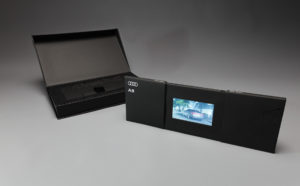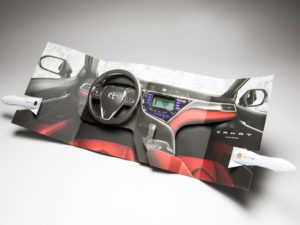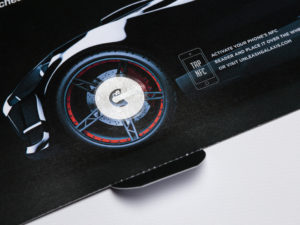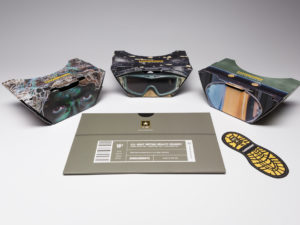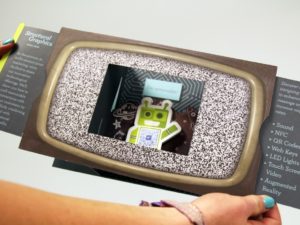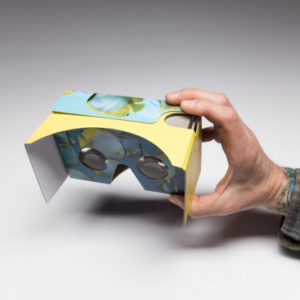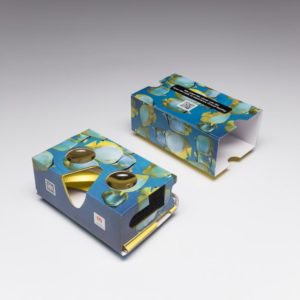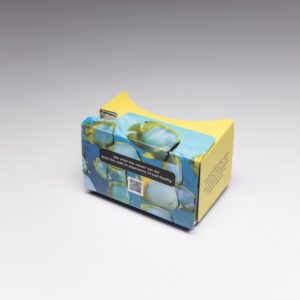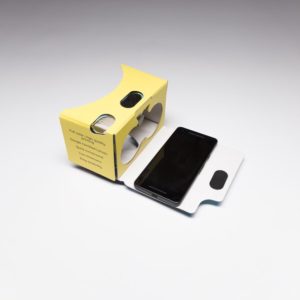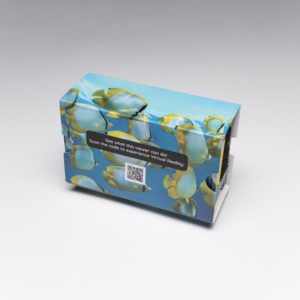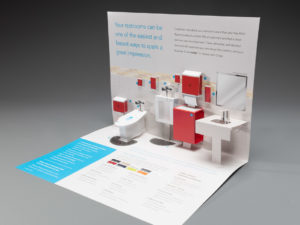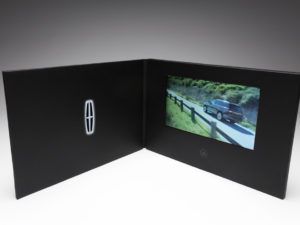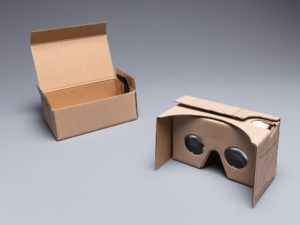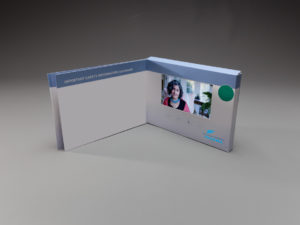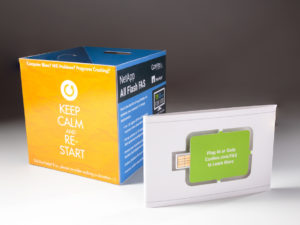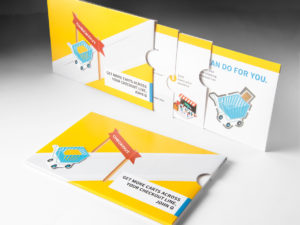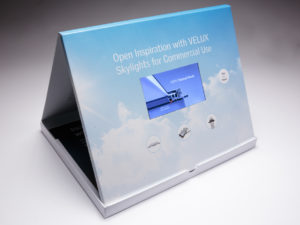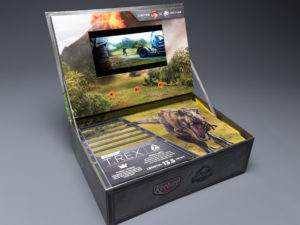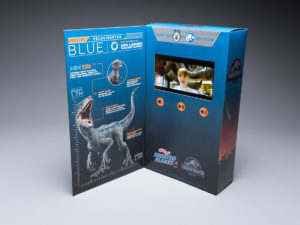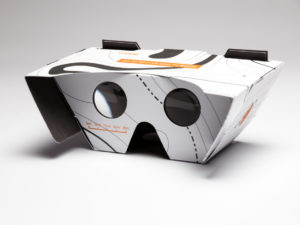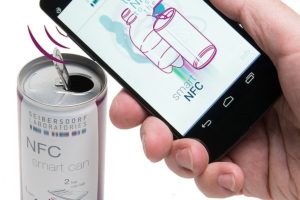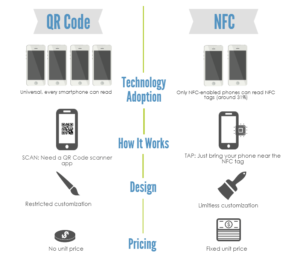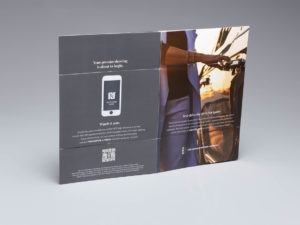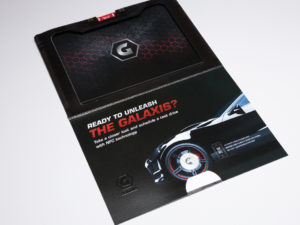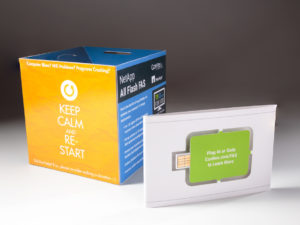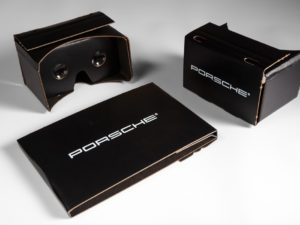Do you ever feel like a print marketer in a digital world?
Well, you’re not wrong. But you’re not exactly right in feeling this way, either.
From Facebook ads to targeted email campaigns, it’s evident that technology plays a crucial role in influencing the purchasing decisions of customers. However, even despite the ongoing wave of technological advancements, customers are embracing direct mail, too.
Here’s how you can combine both technology and print, and use them to your advantage:
Video Brochures: By taking the best parts of video (sound and image) and merging it with the best part of print (context), Video Brochures are a win-win. Instead of sending another flat postcard with copy and graphics, these brochures allow brands a greater opportunity to connect with and capture the attention of their recipients. With a variety of sizes to choose from and the ability to customize not only the video, but the brochure as well, this is a format that is sure to take your business’ printed communication to the next level. Not to mention, marketers who use video grow revenue 49% faster than those who don’t. Click here to read about how combining video with a high-impact printed solution is such an effective marketing tool.
Audio in Print: Why settle for plain text when you can make it pop with sound? Print plays to the human senses in ways that digital tech is hard-pressed to match. Add sound and you’re able to deliver your customers and/ or prospects the ultimate sensory experience. Start by adding your jingle to your print communications or include a personalized video message from your sales representative or CEO. Now, that’s sure to capture their attention.
Near Field Communications: NFC technology uses tiny, radio frequency emitting tags to connect with digital devices like smartphones. When a smartphone comes within range of the signal, its web browser displays the content the signal steers it to – no apps necessary. What’s especially great about NFC is that it can be used on just about any printed material: brochures, in-store signage, posters, flyers, coupons, business cards and more.
Virtual Reality: Have you been considering incorporating VR into your marketing? New, inexpensive VR headsets like our SleekPeeks® have made it possible for brands of all sizes and budgets to deliver this immersive experience to their customers. Ours ship flat, assemble in seconds and are fully customizable.
Augmented Reality: Unlike VR, AR invites people into an interactive experience that doesn’t require the need for a headset. Customers, prospects and other members of the public are able to experience computer-generated information in a real-world setting. Combine AR with a brochure, magazine insert, invitation, or other printed collateral and deliver a larger-than-life experience to your customers.
Interested in incorporating technology into your next print campaign? Let’s talk.
